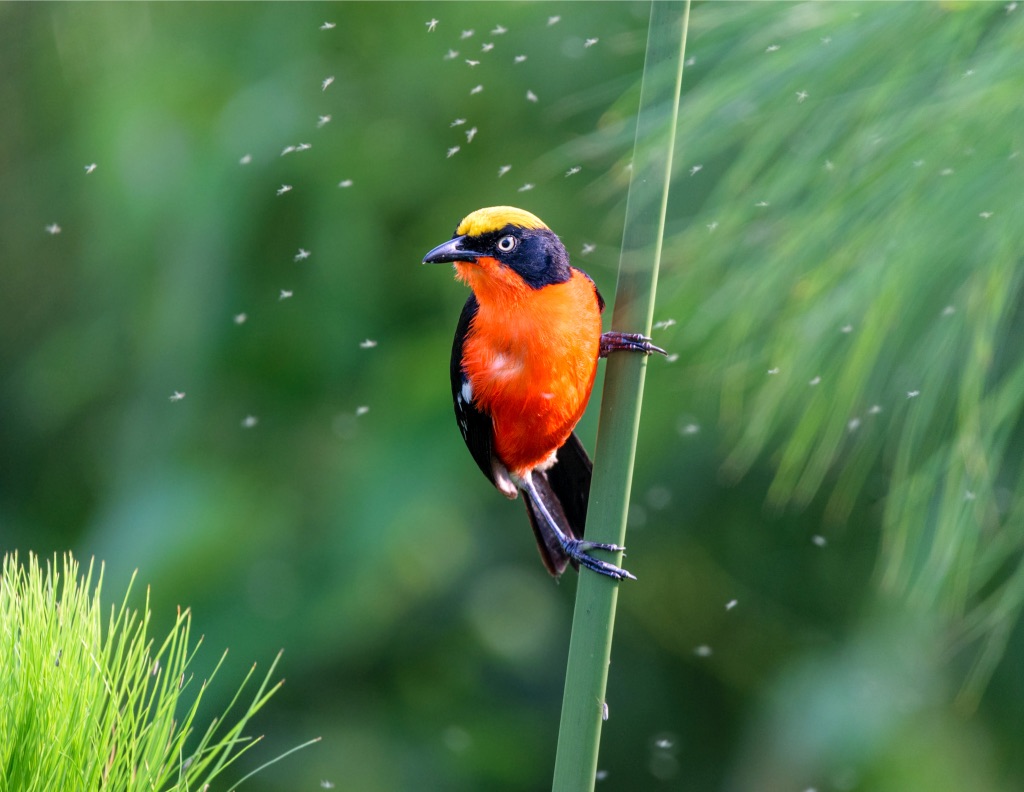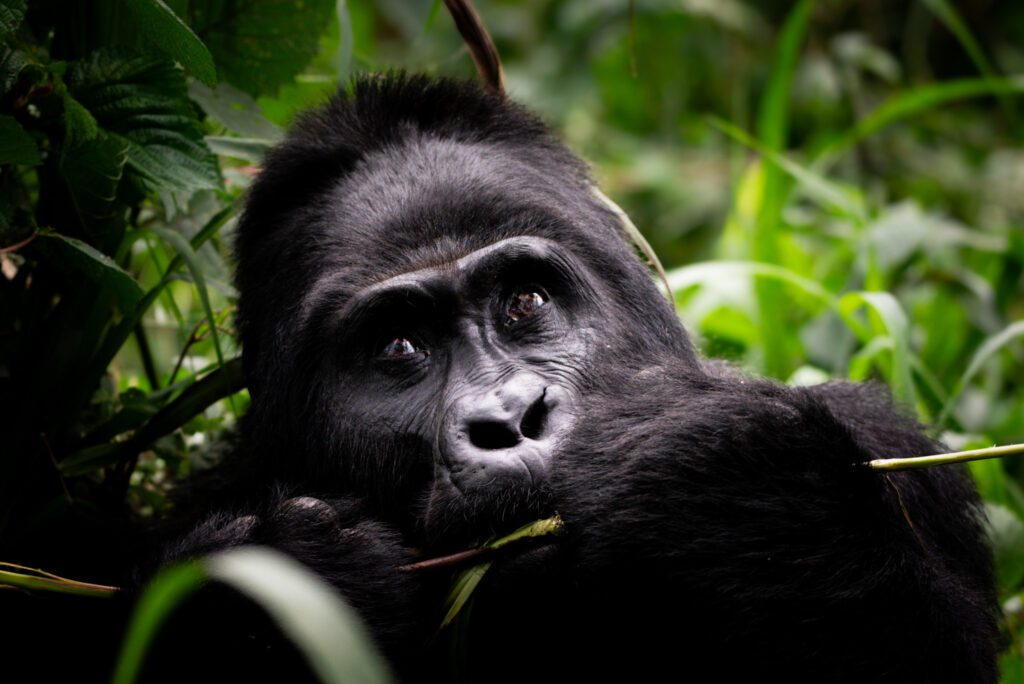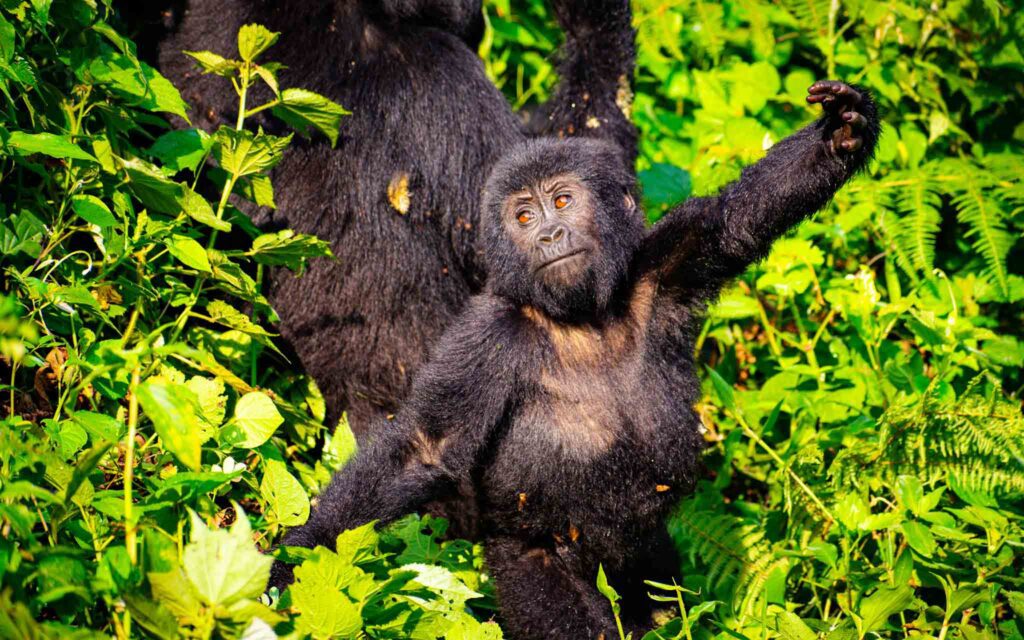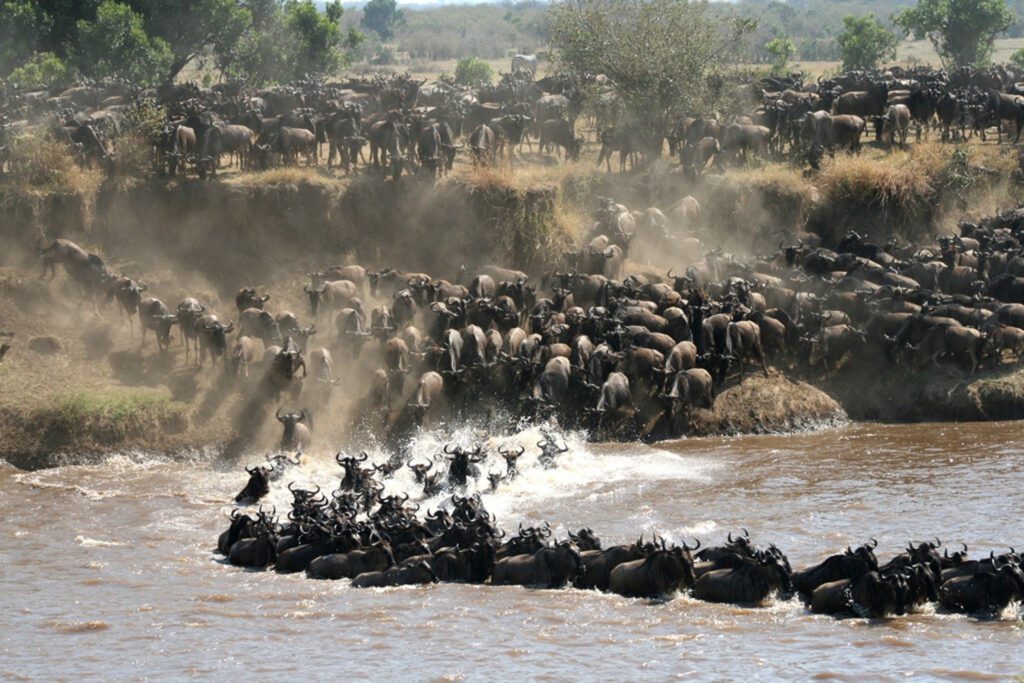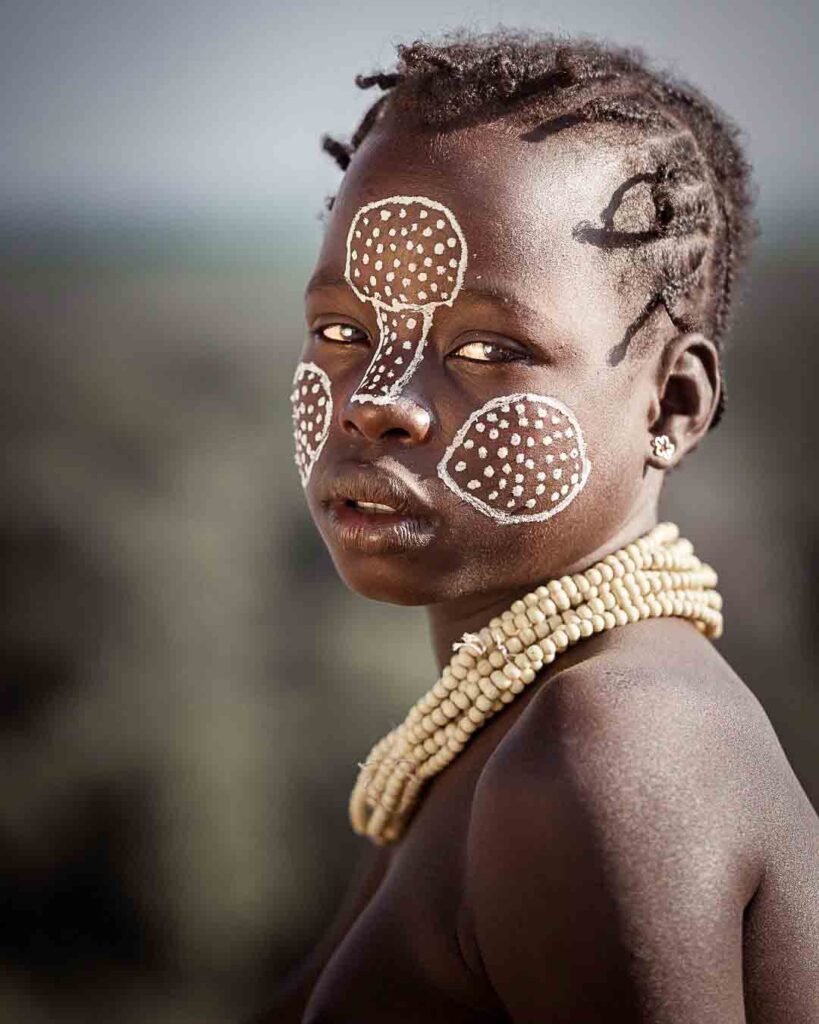Who Are The Samburu
The Samburu are a Nilotic people of north-central Kenya who are semi-nomadic pastoralists herding mainly cattle, and keeping sheep, goats, and camels. Traditionally, the Samburu are known for their striking dress, hairstyles, and strong warrior hood. Singing, Music, and dancing are important elements of their culture and can be experienced during the annual Lake Turkana Festival in Loiyangalani, Turkana County.
They speak the Samburu dialect of the Maa language that’s spoken by the other 22 tribes of the Maa community known as the Masai. This tribe is the 3rd largest in the Maa community of Tanzania and Kenya after the Kisonko of Tanzania and parks of Kenya and Tanzania.
Daily Life Style
Mostly the Samburu live in groups of five to ten families and it is by Tradition that Samburu men look after their cattle and responsible for the overall safety of the tribe.
Whereas the men are looking after the tribe, The Samburu women are responsible for gathering vegetables and roots, caring for their children, and collecting water and this is practiced daily. Girls usually help their mothers with domestic chores. By virtue The Samburu are a gerontocracy, the elders rule the tribe and decide when ceremonies will occur, such as weddings and circumcisions. Announcing one into womanhood and manhood is marked with a circumcision ceremony. Men and women are only able to get married once they have been circumcised, as before that they are still considered children.
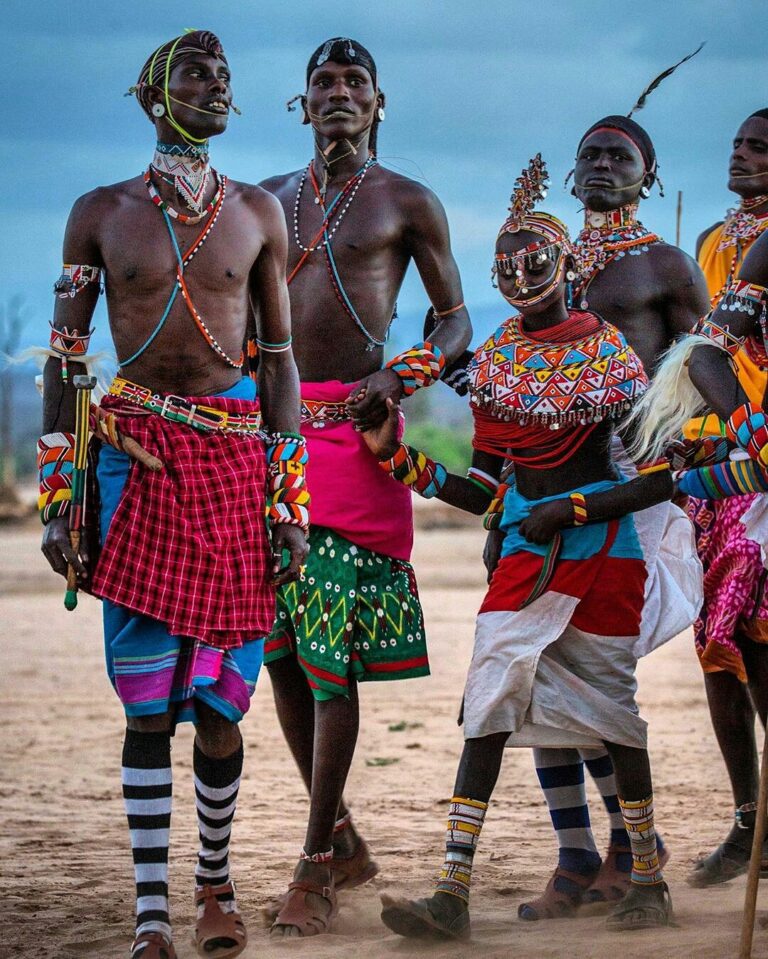

Who is a Moran Warrior?
To be considered a Moran (a warrior) a boy must be circumcised. The men are categorized into age sets, and as a group move from one social position to another. From child to Moran, junior elder, and finally to elder. These greater cousins of the Masai have not used any instruments to accompany their dancing and singing. Traditionally the Samburu relied almost on their herds for food and economical survival before the coming of the colonialists. It is of great honor that men wear a cloth which is often pink or black wrapped around their waists similar to the Scottish styles. These traditional people adorn themselves with anklets, bracelets, and necklaces that truly beautify their appearances. Surrounding the buffalo spring and the Shaba game reserve these very unique people are rich in a culture based on their economic, social and political way of living.

